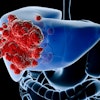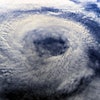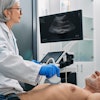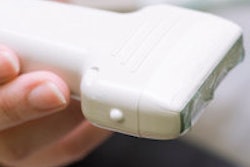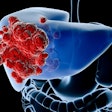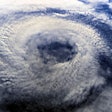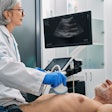Radiologists show equal confidence in visualizing suspicious masses with automated breast ultrasound (ABUS) and handheld breast ultrasound, which could decrease the amount of handheld imaging used in diagnostic clinics, according to research presented at the recent RSNA 2013 meeting.
The benefits of ABUS include decreased interpretation time (some studies have found that ABUS takes only three minutes, while handheld US takes at least 20), which improves a department's throughput. But automated breast ultrasound also reduces operator variation, said Dr. Cherie Kuzmiak from the University of North Carolina at Chapel Hill.
"Mammography is the gold standard for breast cancer detection, but density is a major limitation to its sensitivity, while ultrasound is not limited by density," she told session attendees. "It's a sensitive modality, but traditionally it involves using a handheld transducer, which contributes to a significant amount of operator subjectivity and variation. We wanted to investigate how well radiologists visualize relevant features of lesions seen with automated breast volumetric scanning in comparison to handheld breast ultrasound in a population of women going to biopsy."
For the study, Kuzmiak and colleagues included 25 women scheduled to undergo a breast biopsy for at least one BI-RADS 4 or 5 lesion identified in a diagnostic setting. Each patient underwent imaging with a system that allowed both handheld breast ultrasound and automated breast volumetric scanning to be performed with the same imaging parameters.
The study included five experienced breast imaging radiologists, who compared the handheld and automated breast exams side by side. Each reader specified lesion type, size, and imaging features; BI-RADS score; and probability of malignancy for each lesion for each modality. They were then asked to compare the lesion characteristics of shape and margin between the two modalities using a seven-point confidence scale.
Of 30 biopsied lesions, all were masses. Seven (23%) were malignant and 23 (77%) were benign. Across all lesions regardless of size or final pathology, there was no significant difference between the two ultrasound modalities in the readers' BI-RADS classification, probability of malignancy, sensitivity, or specificity, the researchers found.
For malignant lesions, the reader confidence scores between the two modalities did not differ significantly; however, readers were more confident of their analysis of lesion shape and margins for nonmalignant cases with automated breast volumetric scanning.
"We attributed this to the fact that with automated breast ultrasound, the radiologist is provided with more information on multiple planes, similar to an MRI," Kuzmiak said.
Dedicated automated whole-breast ultrasound could reduce handheld breast imaging use, she concluded.
"Our other hope is that by decreasing the need for handheld ultrasound, the need for targeted ultrasound after screening exams could also decrease," she said.

